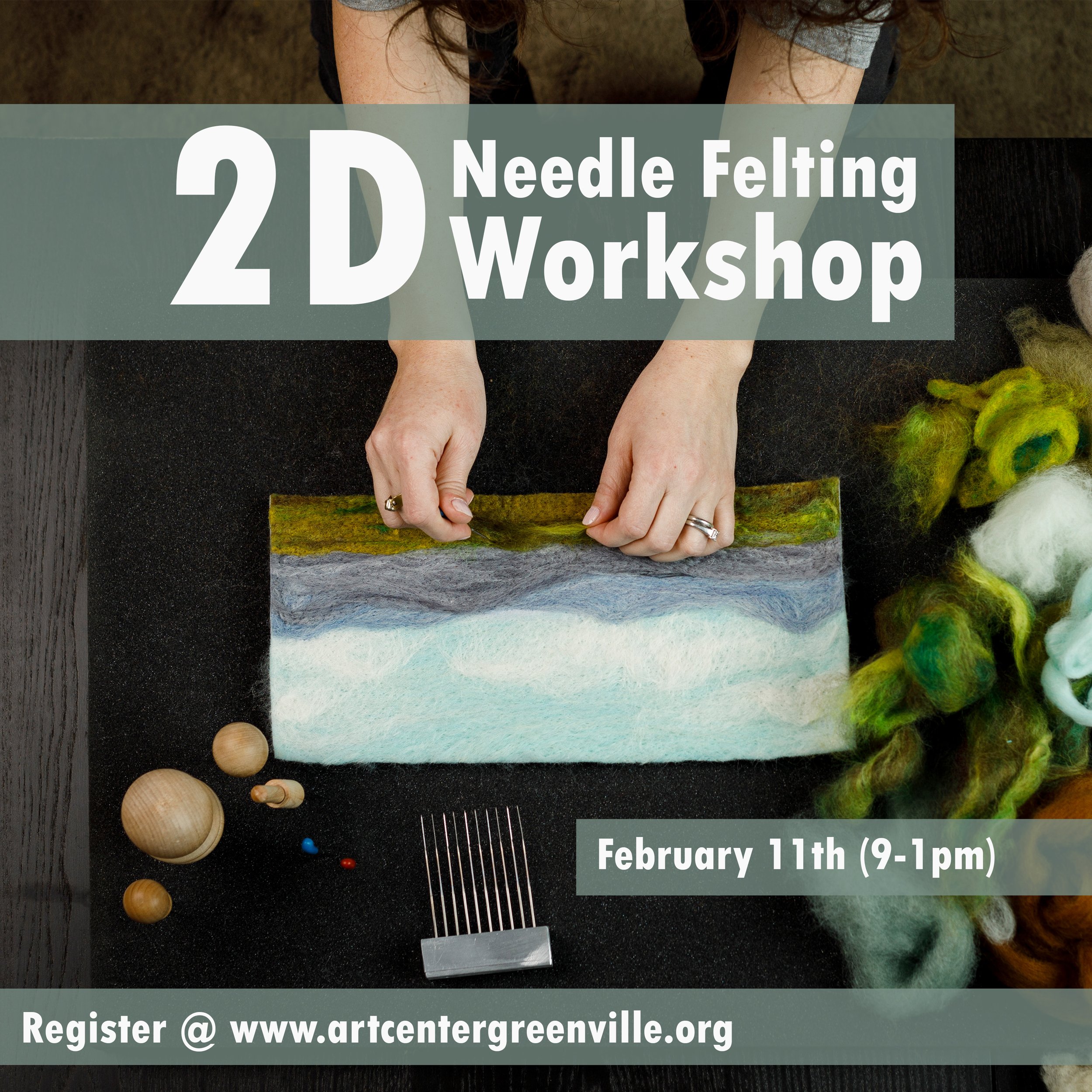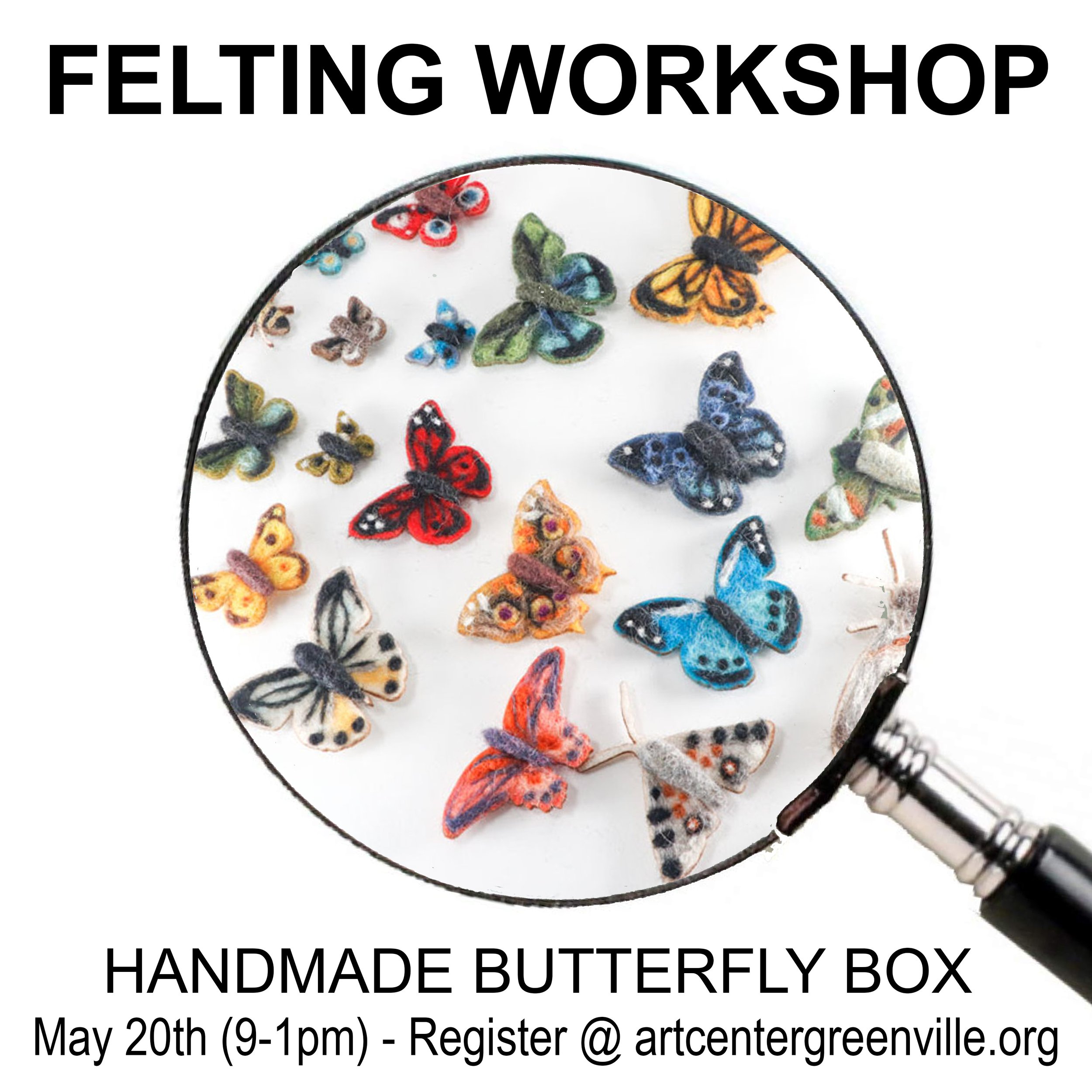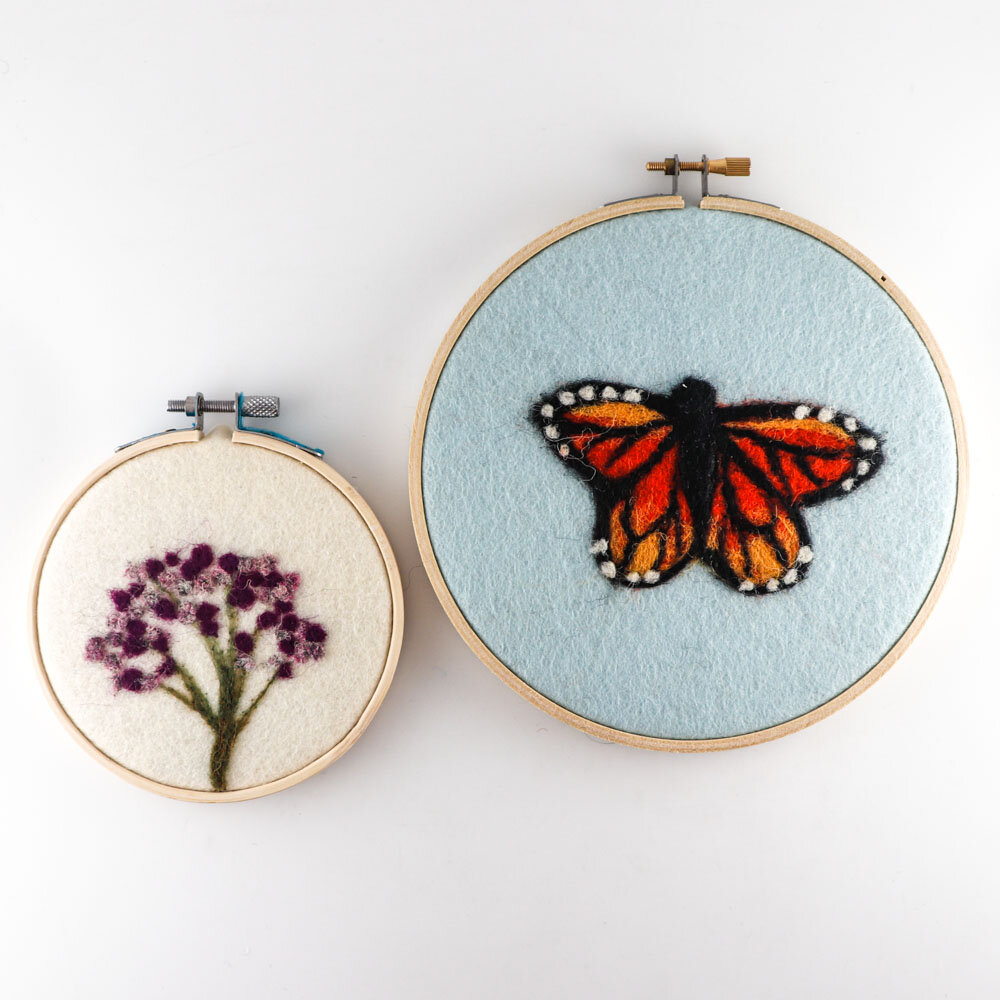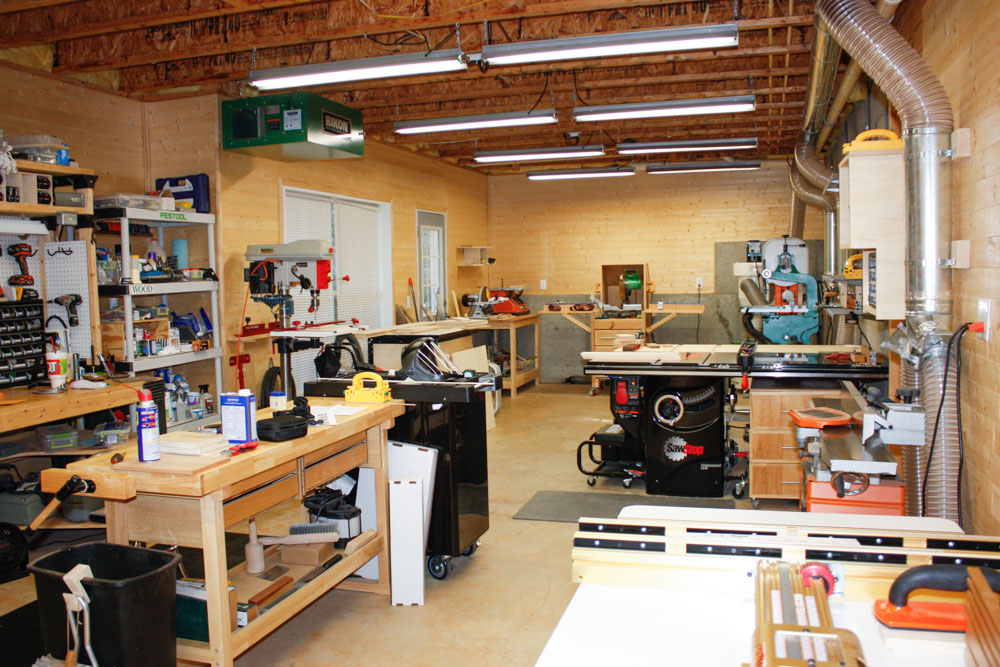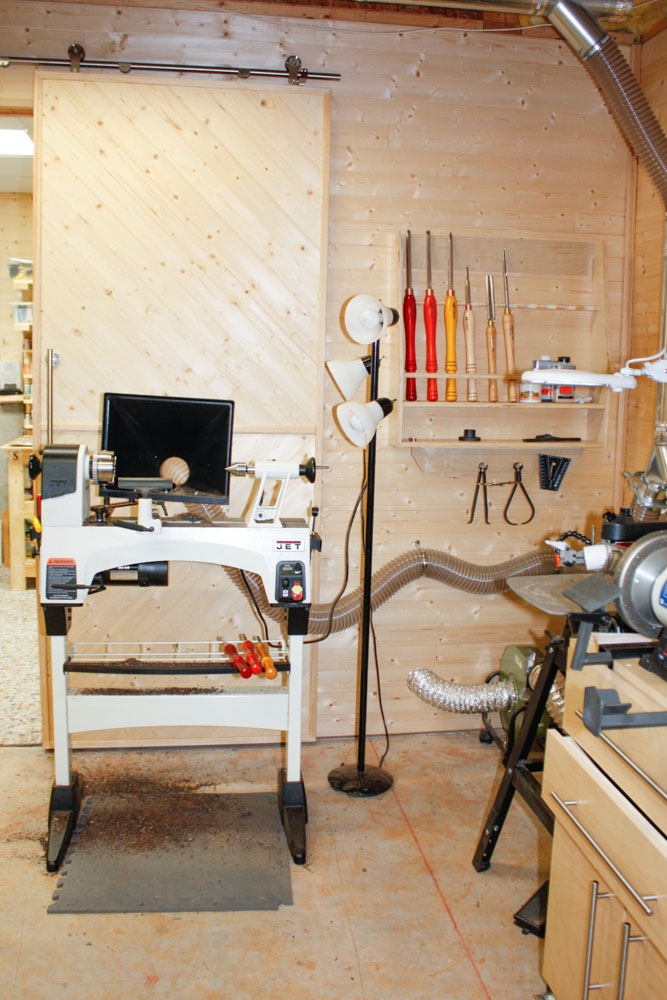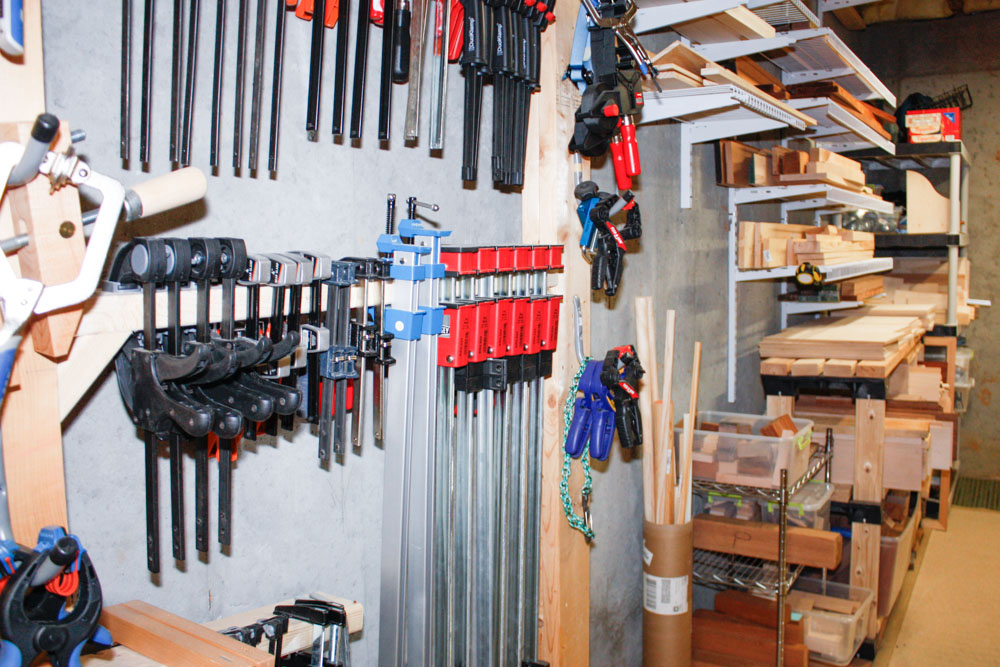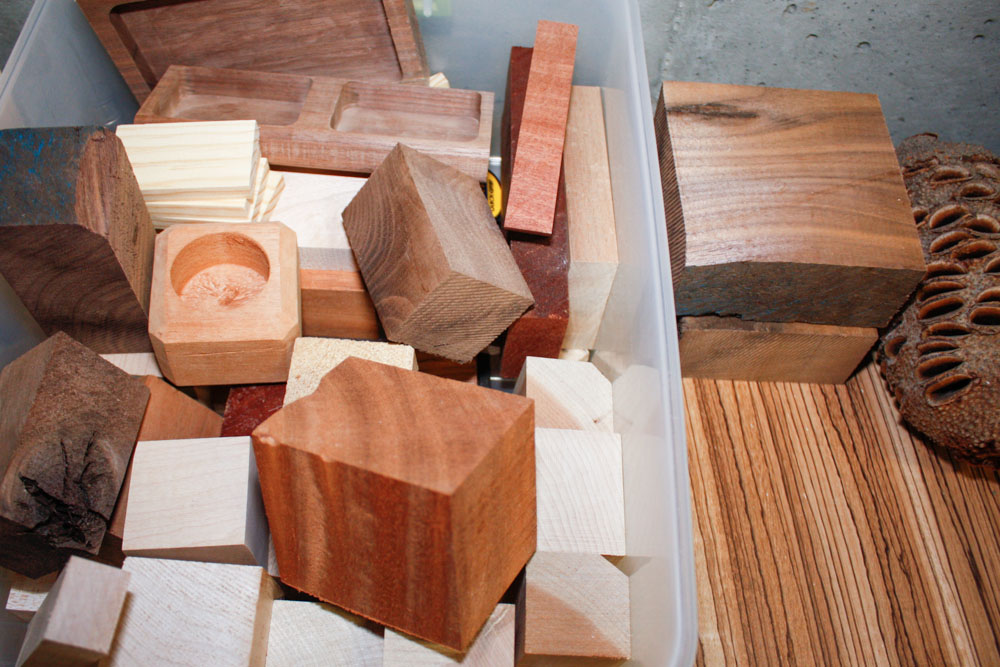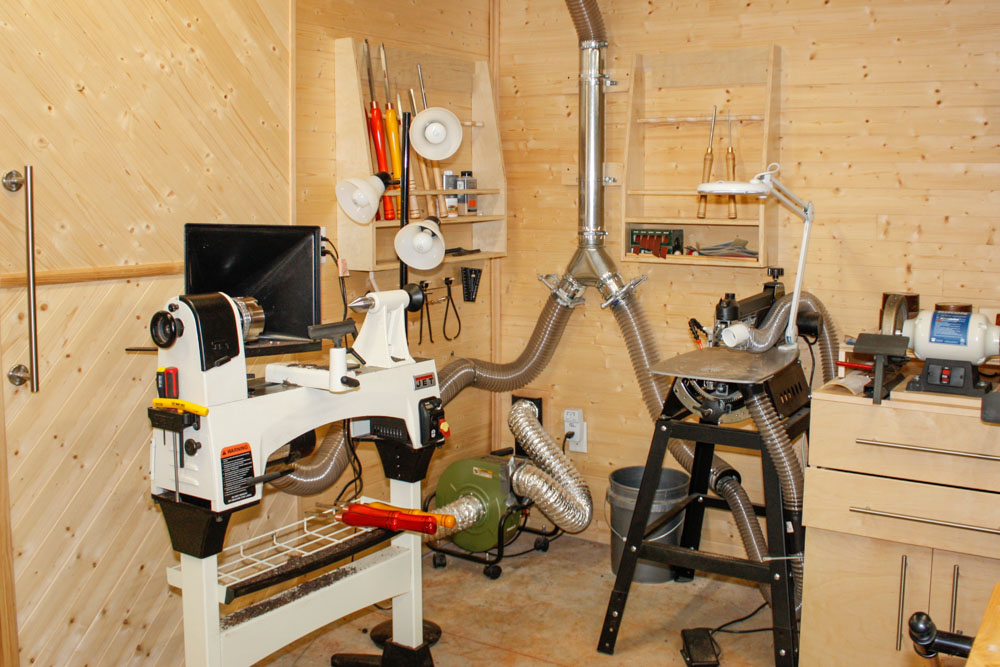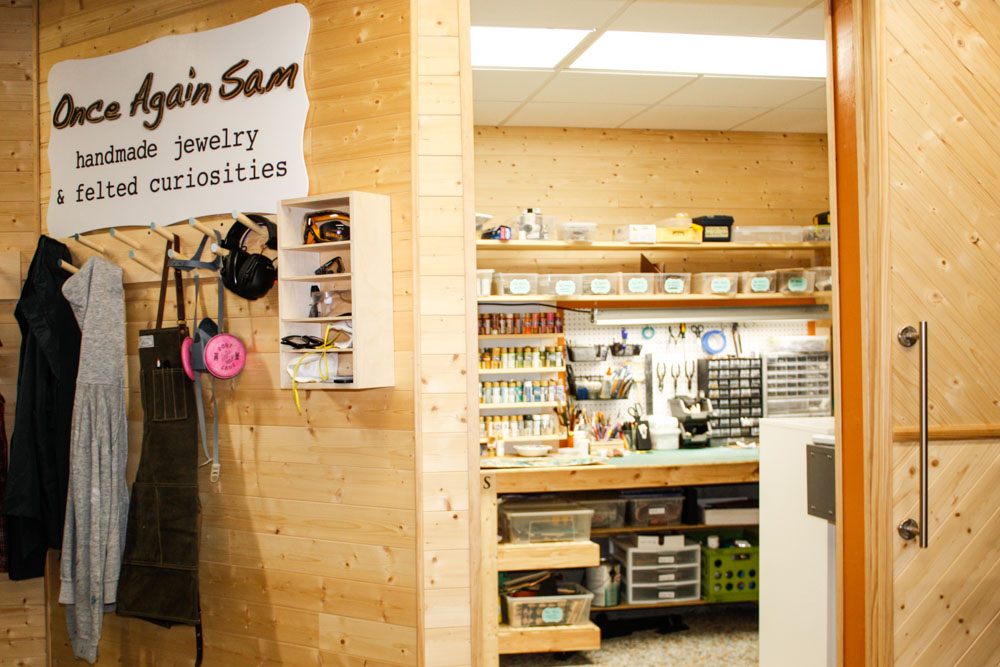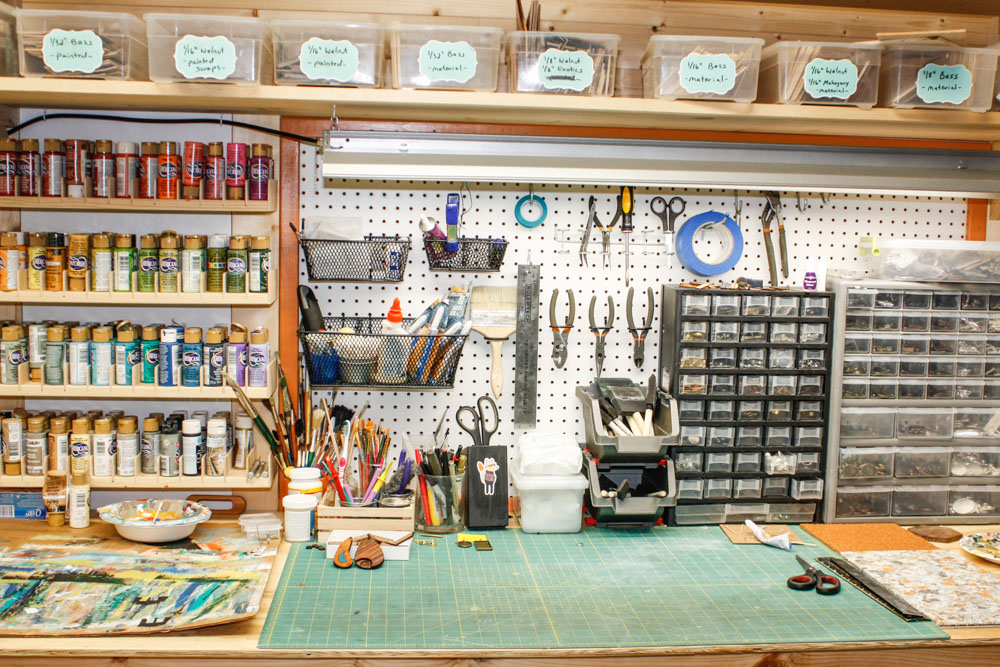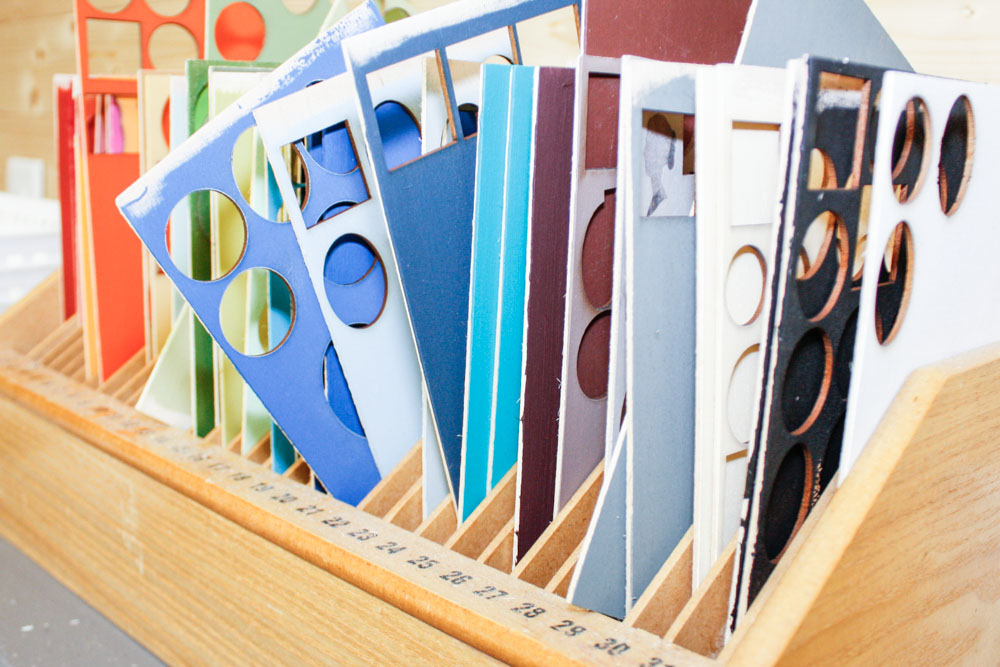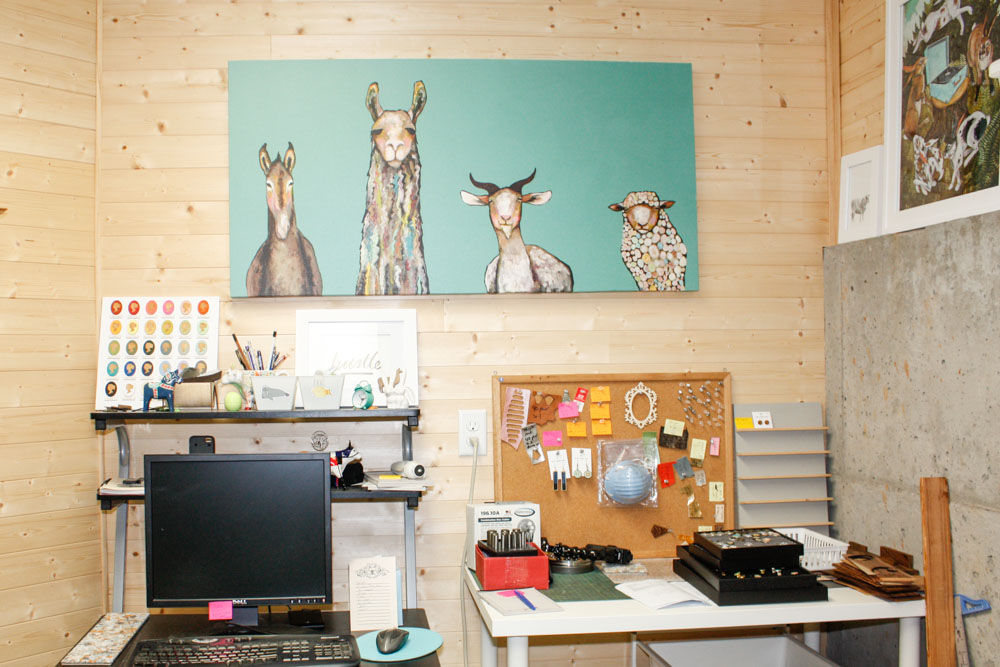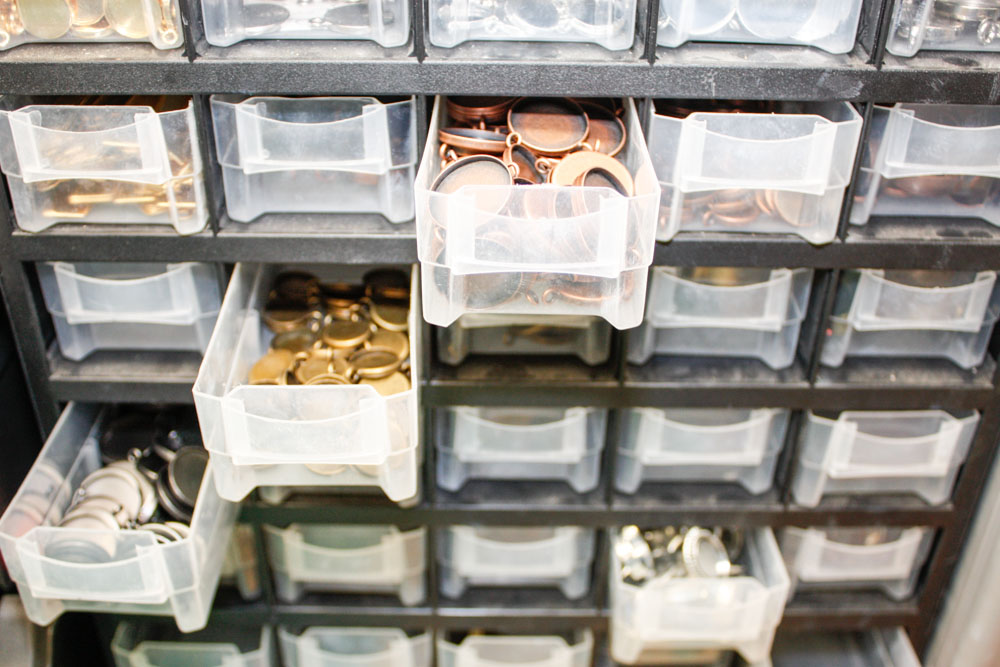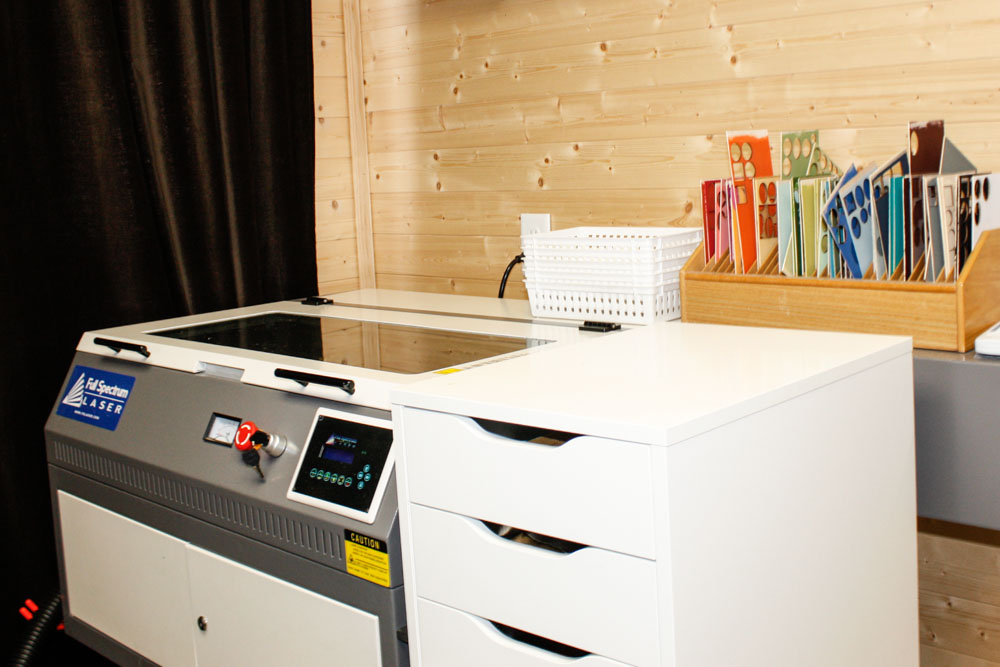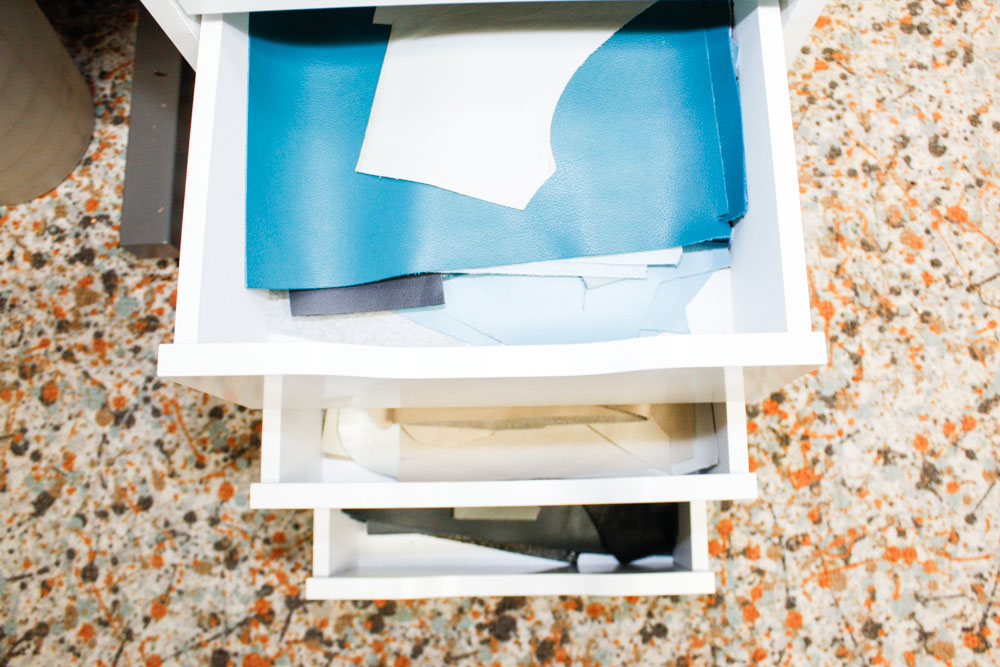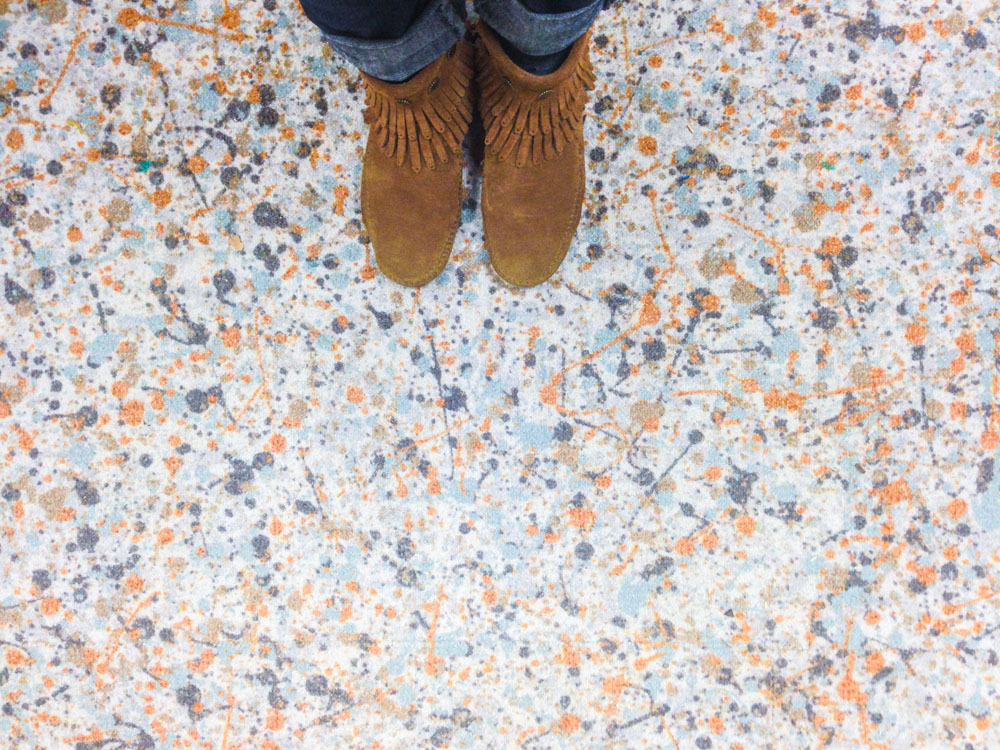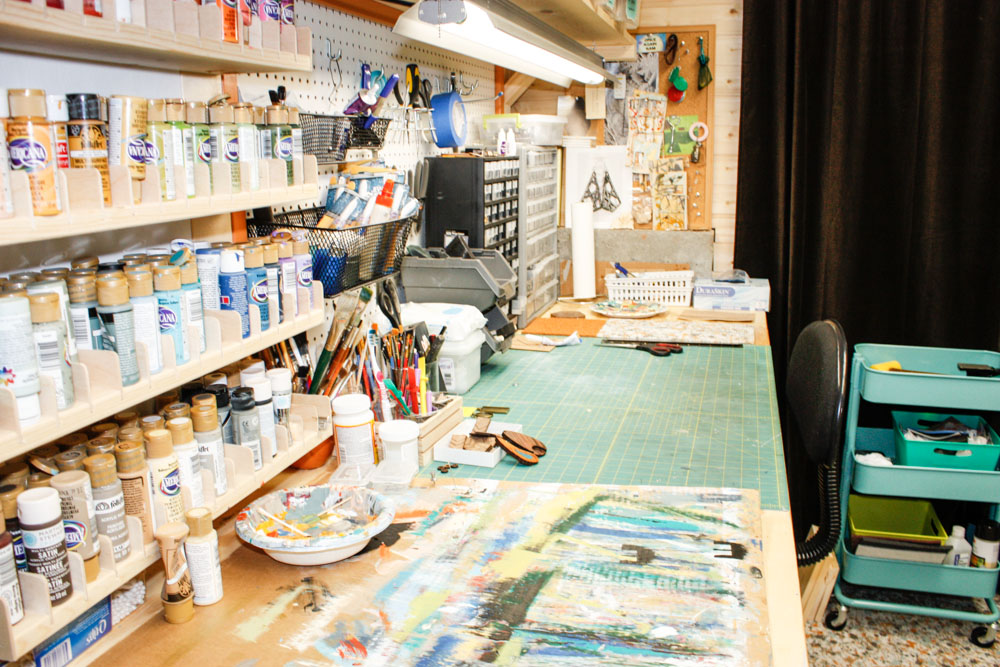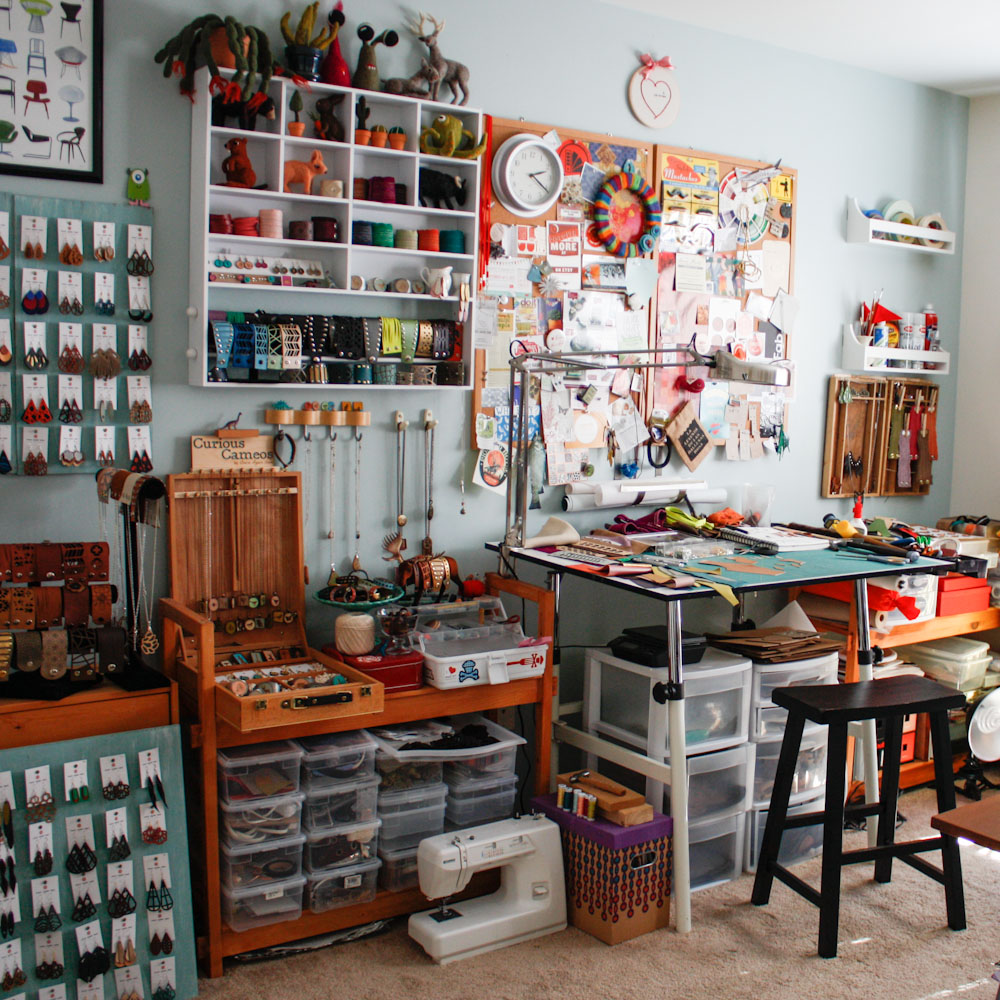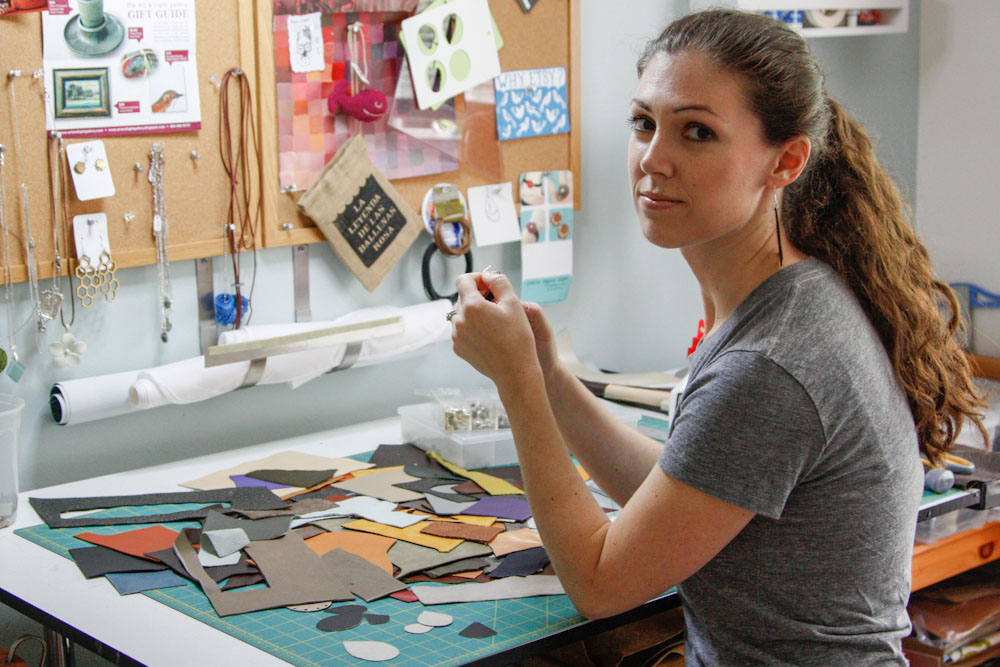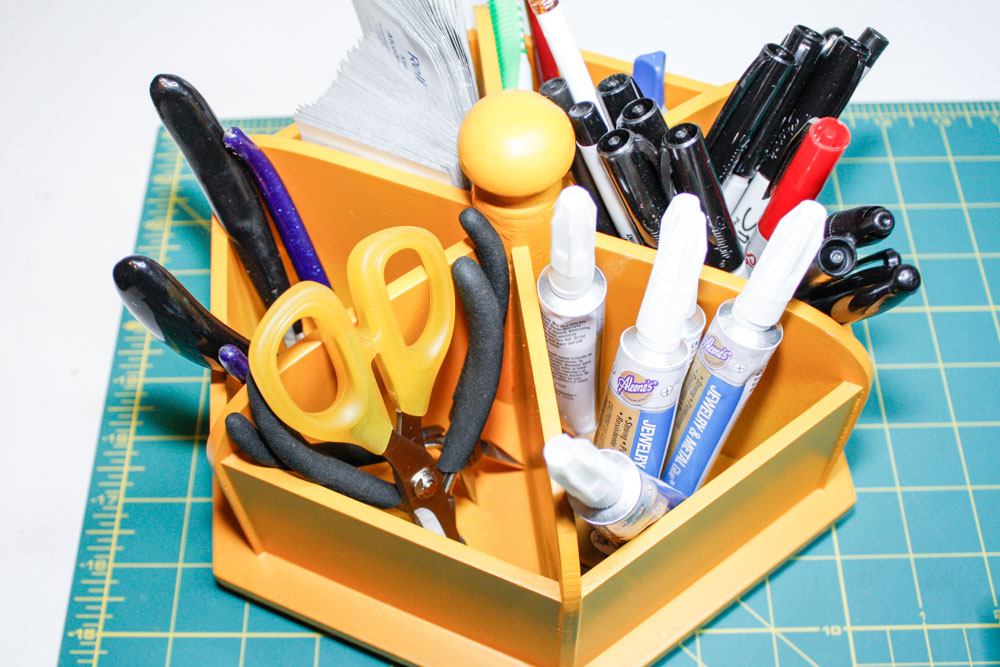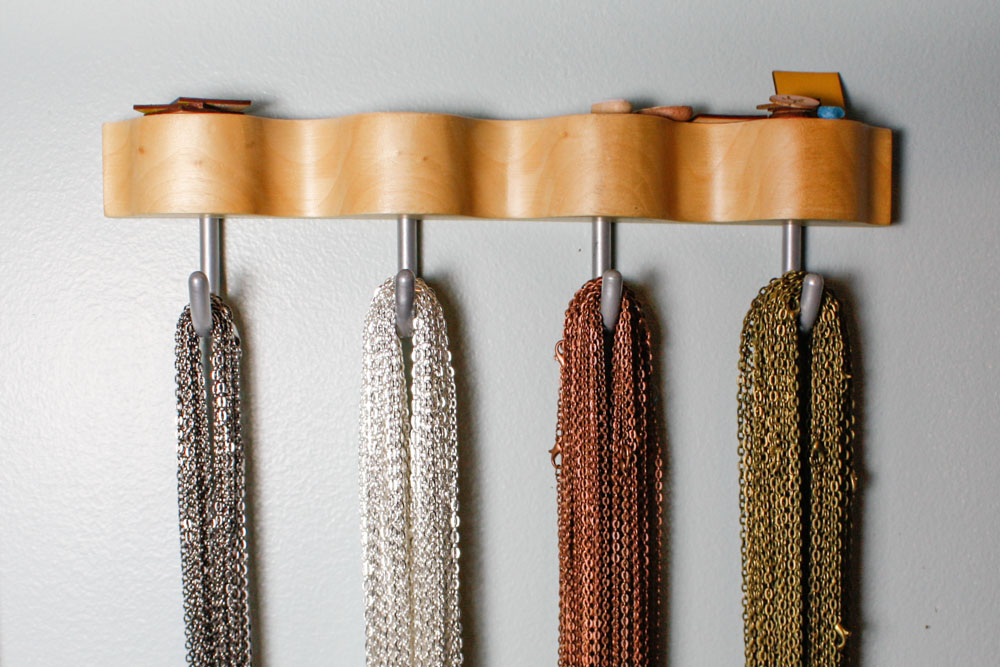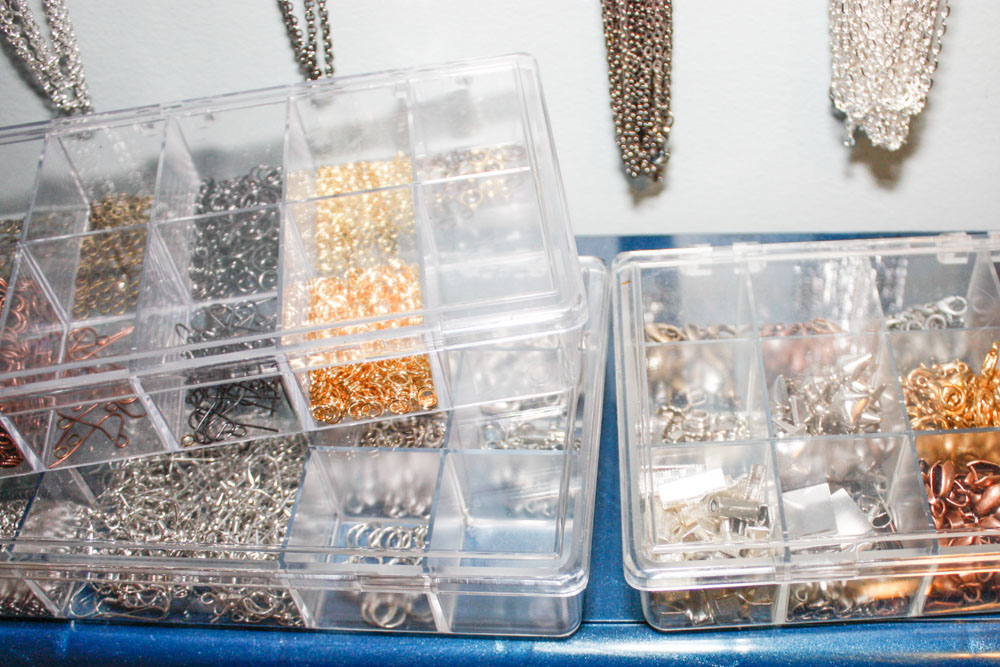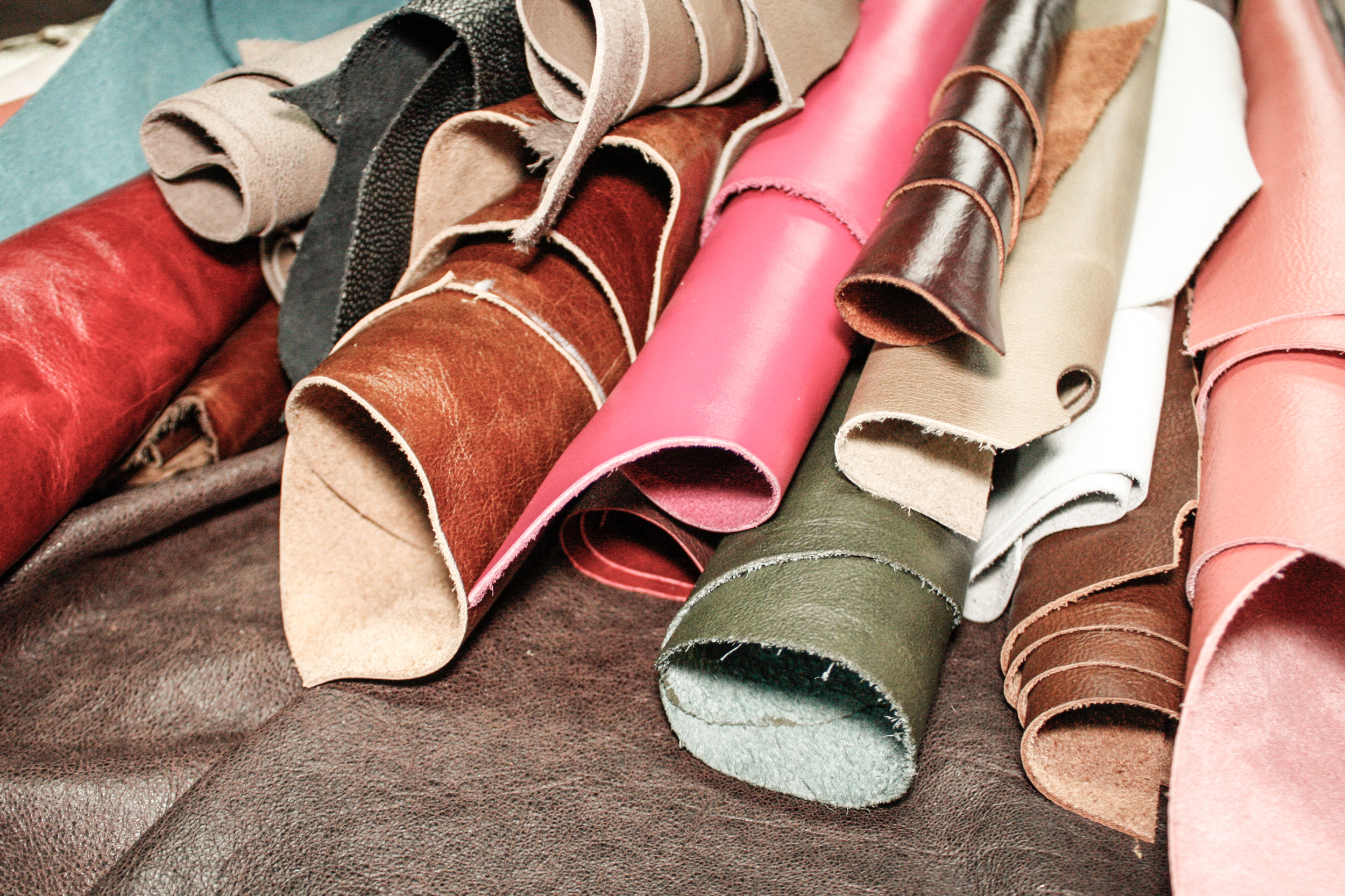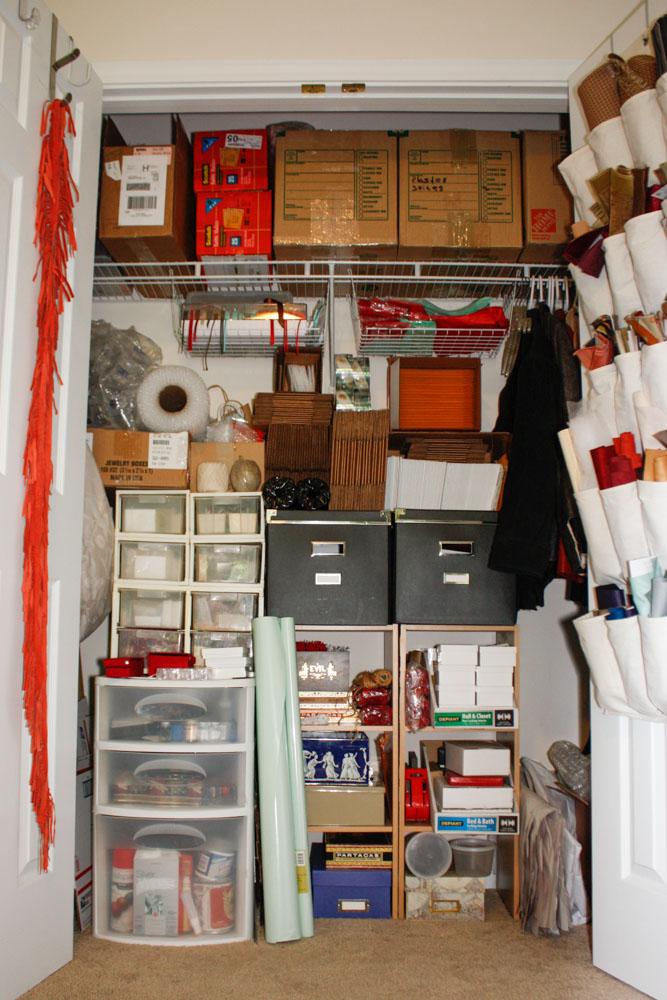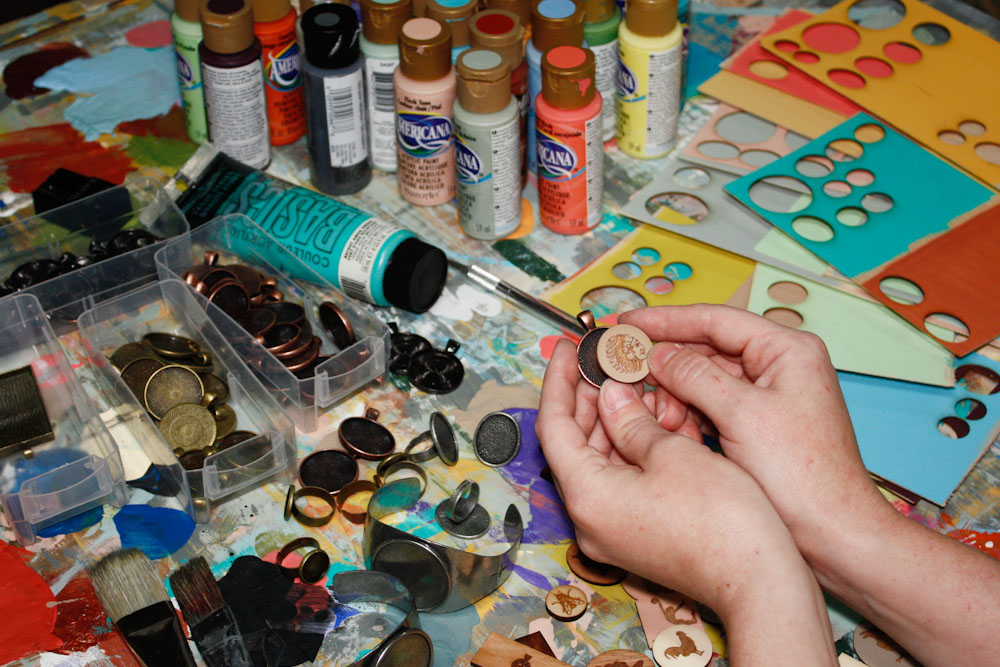Basketry Class at The Folk School
I recently returned to the John C. Campbell Folk School in Brasstown, NC, my third visit so far. This time around, I tried out yet another new medium: basketry. Not just any basketry, baskets woven with antlers! As an aspiring naturalist with an ever-growing collection of bones, this seemed like the perfect course for me.
Although I work in many types of fiber mediums, I have no previous experience with basketry, but thanks to my talented instructor Mark Hendry and his assistant Scarlette Rouse, I had a wonderful week learning this new craft. During my week at the Folk School, I created 4 pieces (2 baskets, one tray, plus one sculptural “thingy”), and tried out all sorts of weaving materials such as reed, seagrass, grapevine, and yarn.
There’s something truly magical about the Folk School and if you’ve never been, I highly encourage you to check it out at least once. Don’t wait until you retire, go now! Getting out of my usual routine and 100% absorbed in something new does really good things for my mental health. These “art-cations” are a great way to spend a week in a non-competitive learning environment, getting an intense and in depth crash course in your chosen medium (most of which are rooted in Appalachian culture) and I always lose track of time. It feels like I was there a year, and I mean that in the best possible way.
I’m not sure yet how I will incorporate my newly-learned basketry skills into my current work but I’m excited to find out!
Past posts about the John C. Campbell Folk School:
2019: Rug Hooking


